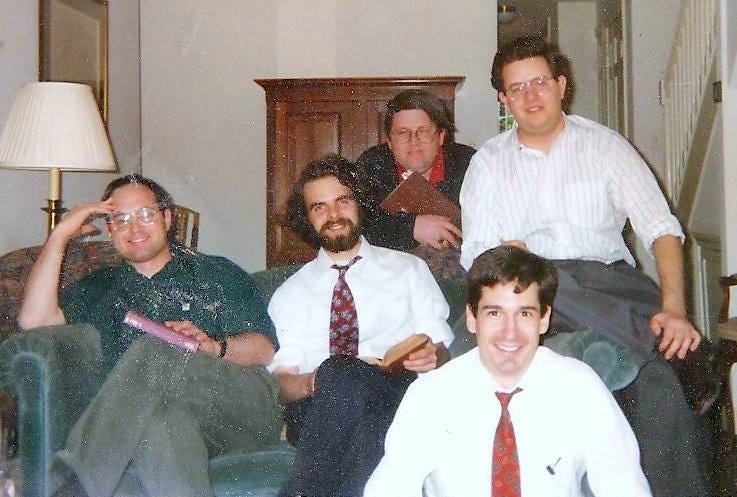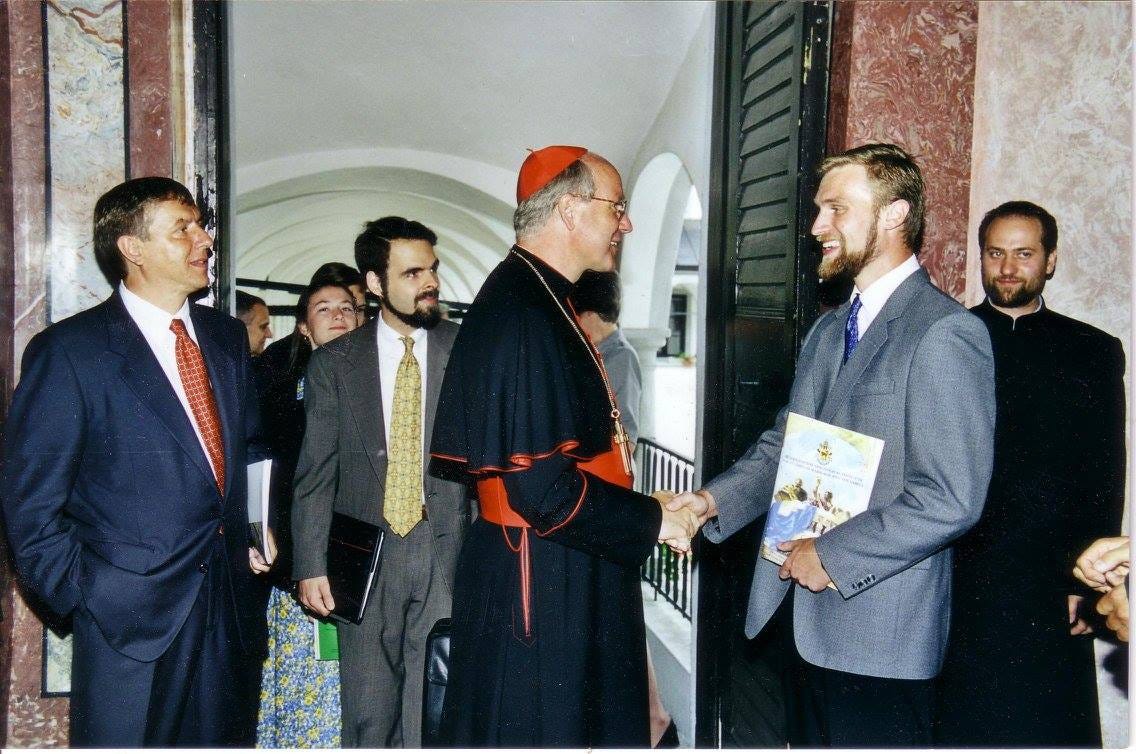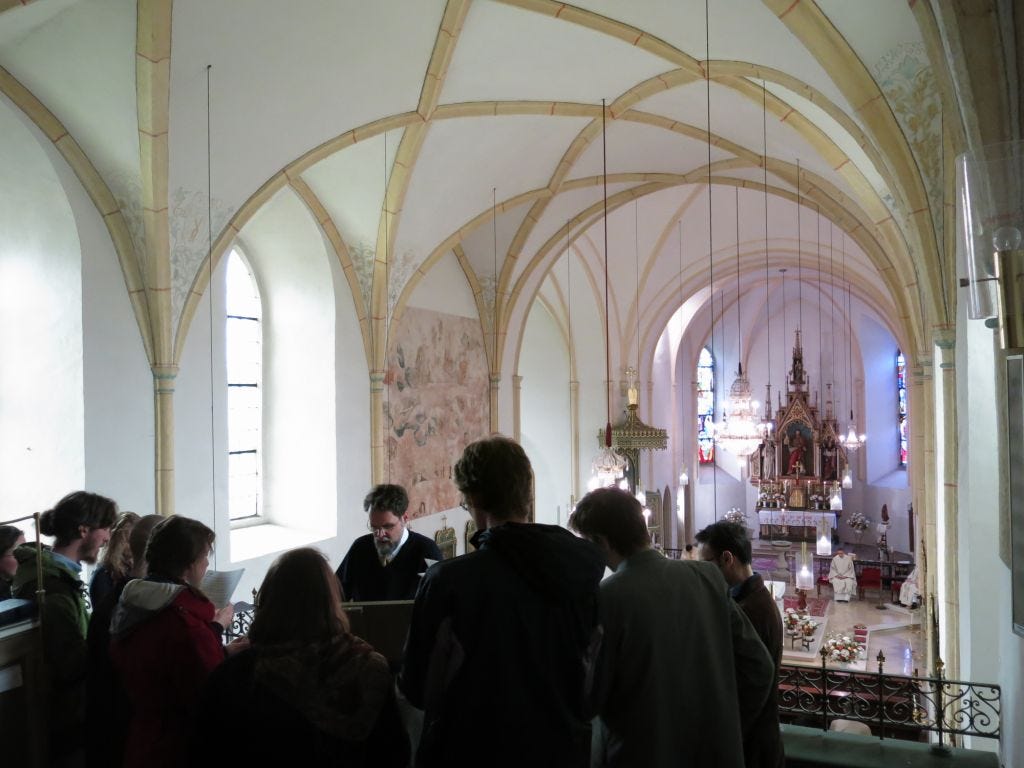German Publisher’s Exclusive Interview with Dr. Kwasniewski & Lots of Photos
World Wars, the fate of Latin, youth turning toward tradition, Orthodoxy, synodality, confession, handing on the faith, writing habits, and more
Prefatory note
Stefan Schlattl, editor-in-chief of the publishing house Stephani-Verlag in Metten, Germany, asked me recently if I’d be willing to do an interview with him, which he will be translating and publishing in German, in anticipation of the release of the German edition of my recent book Turned Around: Replying to the Most Common Objections Against the Traditional Latin Mass (TAN, 2024). With Mr. Schlattl’s agreement, I am publishing the English original exclusively at my Substack, as I believe it will be of interest to readers.
Let me also remind readers of our limited-time offer: a lifetime discount of 25% if you take out a paid subscription between May 1 and May 8!
Schlattl: How long have you been a writer?
Kwasniewski: I’ve been writing almost for as long as I can remember. When I was only twelve years old, my parents asked to take me out of school for a month so that I could travel to Australia and New Zealand with them, and my school said this would be fine, as long as I wrote a detailed report on it. I turned in 50 pages upon my return. I’m sure it was mostly silly stuff, but I’ve always enjoyed putting pen to paper.
My first serious writing took place in high school when I began to read voraciously and write poems and essays. Even if the results weren’t worth keeping, they marked a turn toward higher themes: religion, history, music, literature. The first article I published had Gregorian chant for its subject, back in 1996, in a magazine that was founded by Fr. John Hardon, SJ, and sometimes featured writing by Mother Teresa. From there, I never stopped.

What inspires you to write?
Two things inspire me: philosophical ideas and artistic beauty (my doctoral training is in Aristotelian-Thomistic thought, and I am also a composer, primarily of sacred music). I often see these two “poles” in relation to each other: the inner and the outer, the essence and the expression, the spirit and the flesh. My approach to Catholicism is philosophical and artistic, and always has been.
Did you have a mentor or someone who guided you in matters of faith?
Certainly, I’ve been blessed to have many mentors. I talk about some of them in my article “In Praise of Good Teachers.” In high school, Jeff Bond; in college, Mike McAlister and Fr. Gerard Steckler; in graduate school, Fr. Lawrence Dewan, Eric Perl, David Gallagher, and Timothy Noone; in my first place of employment, Don Reto Nay and Michael Waldstein. Not to mention others, perhaps less influential but still important in my life. All these men inspired me in my faith and in my vocation as a thinker, a teacher, a writer, a musician—and, later on, as a husband and father.

Do you have a favorite fellow traditionalist writer?
I find the writings of Martin Mosebach deeply satisfying: though he is a novelist and not a trained philosopher, he writes not only with an artist’s sensitivity to appearances but also with a philosopher’s careful attention to the meaning of words, symbols, and actions. This is why he does a better job talking about liturgy than most theologians and liturgists do: he is looking and seeing and then describing how things are, not how they “ought” to be on paper according to some far-fetched abstract theory.
Keep reading with a 7-day free trial
Subscribe to Tradition and Sanity to keep reading this post and get 7 days of free access to the full post archives.





